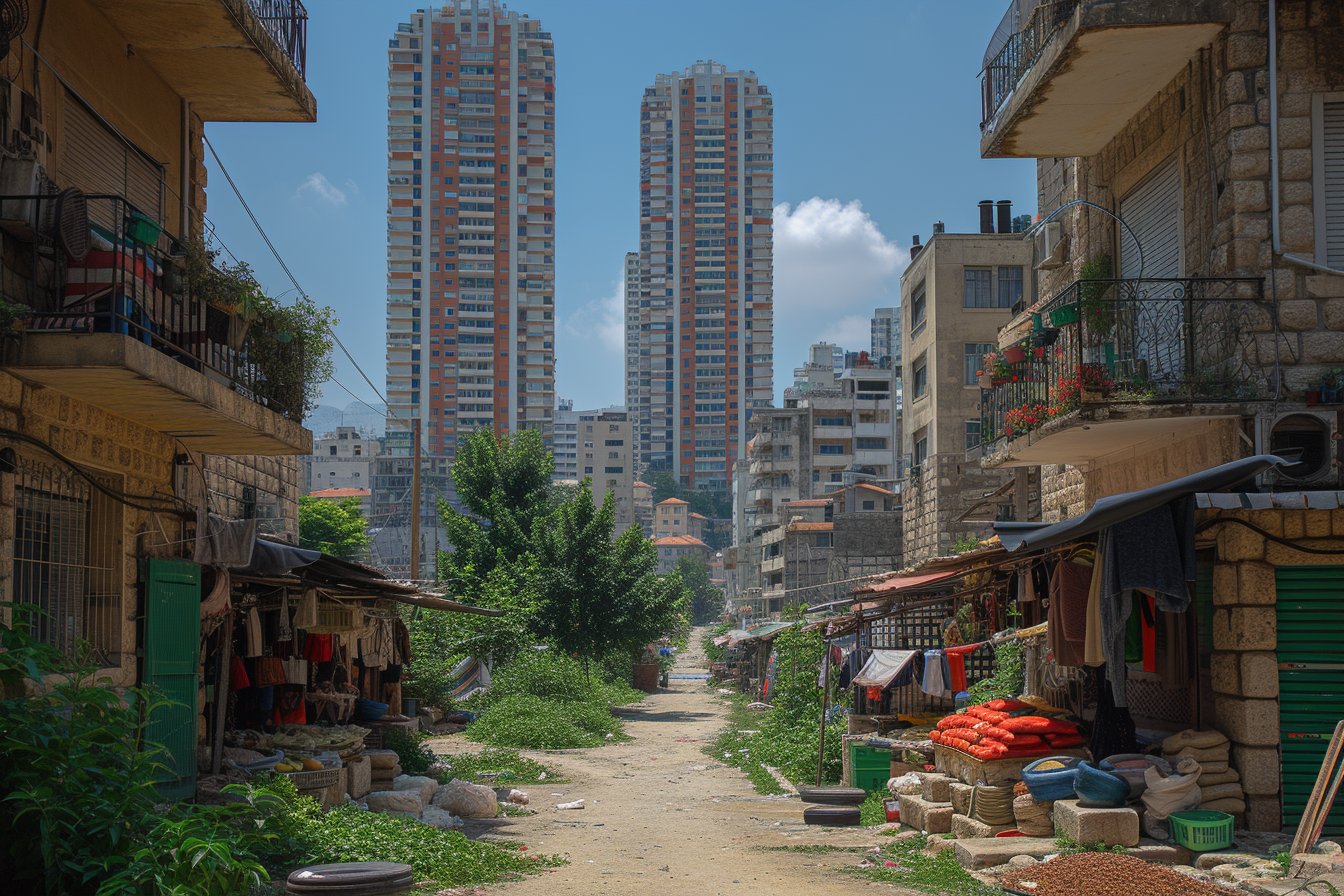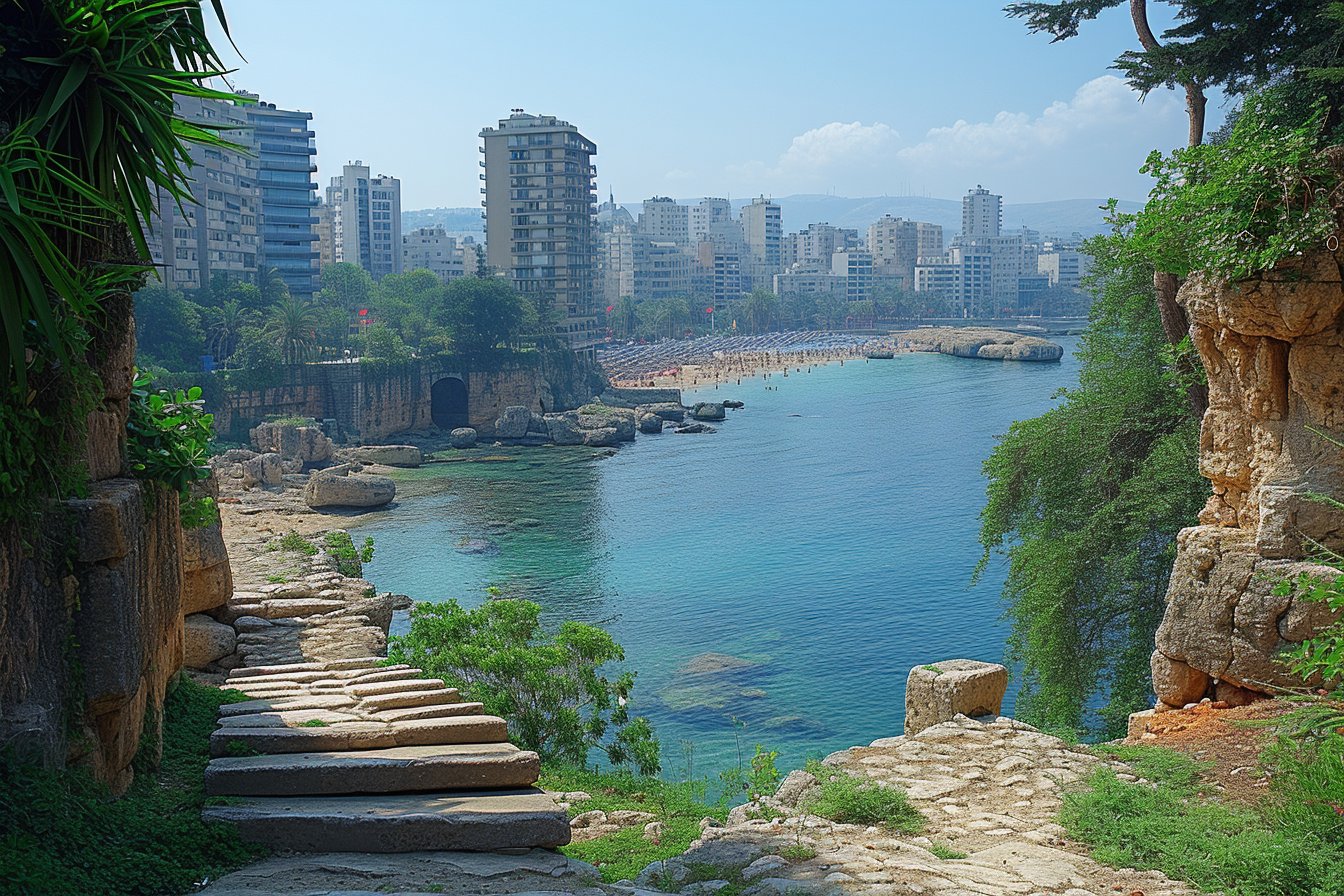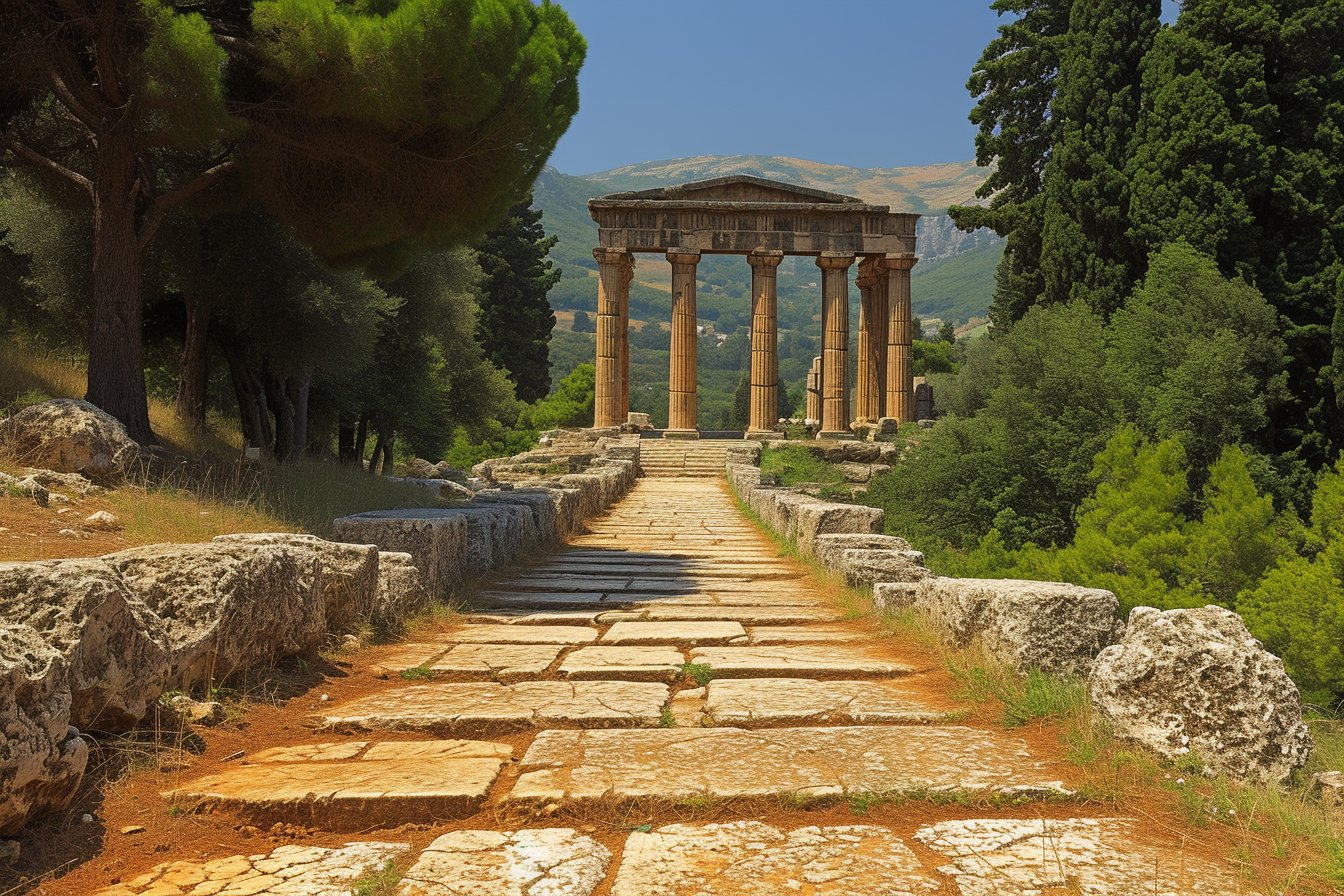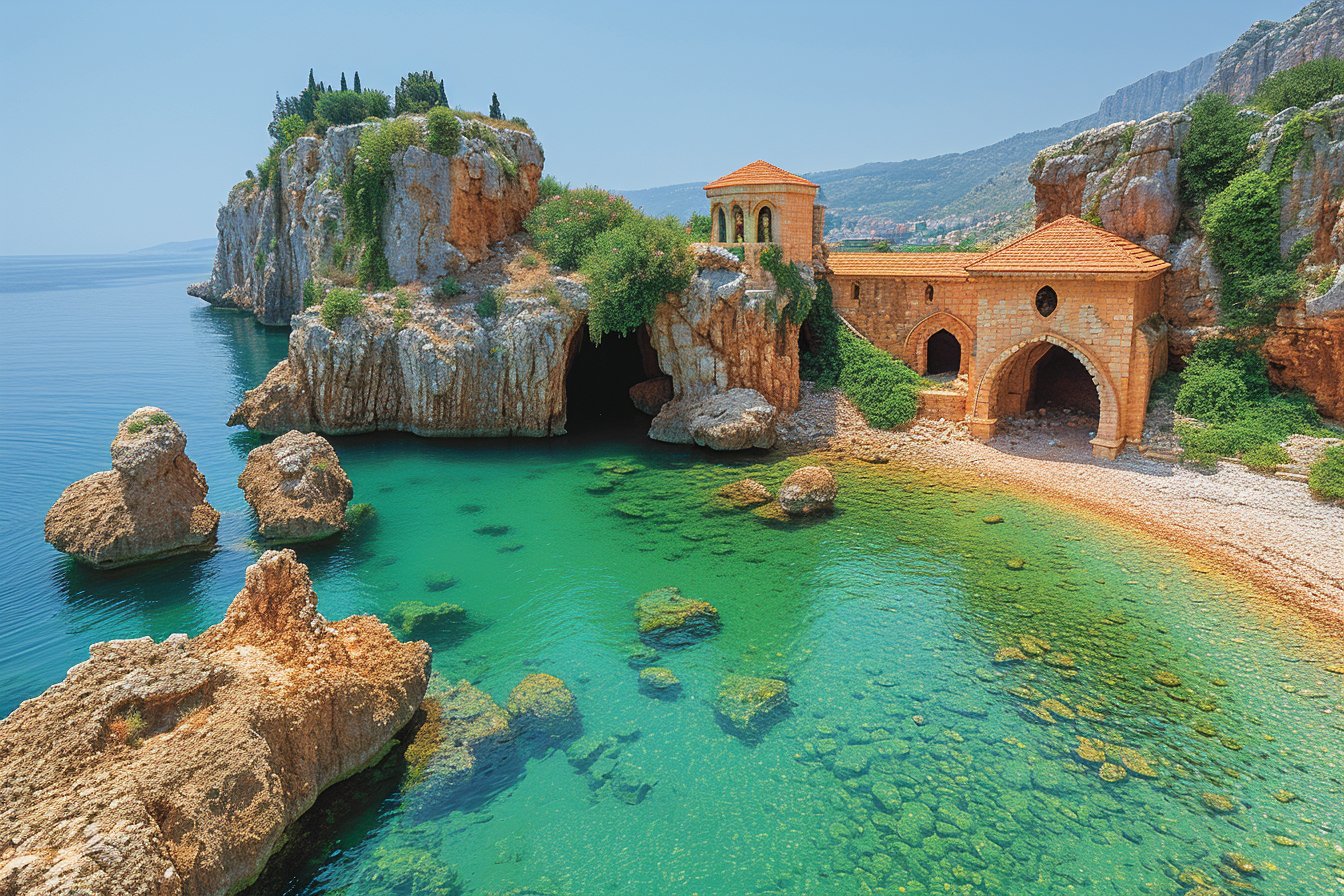Tucked away in the heart of the Mediterranean, Lebanon is a land steeped in history and wonder. Best known for its ancient cities, captivating architecture, and diverse topography, the country lures hundreds of thousands of tourists annually. However, as a potential visitor, you might be wondering how much it costs to enjoy all this Middle Eastern gem has to offer. This article aims to provide an overview of your travel expenses when planning a trip to Lebanon.
Understanding Lebanon’s Currency
The Lebanese pound (LBP) serves as Lebanon’s official currency. It is commonly used alongside U.S dollars (USD) in day-to-day transactions, from shopping at local markets to paying taxi fares. Typically, paying with USD tends to involve slight differences in exchange rates across vendors – something to note while budgeting for your visit. Moreover, credit cards are widely accepted and ATMs are easily accessible in major cities like Beirut or Tripoli.
Transportation Expenses in Lebanon
An important factor contributing to the overall cost of visiting Lebanon is transportation. The country features diverse landscapes that encompass towering mountains, lush valleys, and sun-kissed coastal towns, which can make traveling between LBP locations both thrilling and challenging.
Airfare Costs
In general, flights account for significant bulk of a traveler’s budget, with airfare prices varying depending on departure location, booking period, airlines, and seasonality. Lebanon largely necessitates good weather or relaxed restrictions for visitors to experience its beauty; these factors can lead to slightly higher flight costs during peak months such as June through September.
Public Transportation and Taxis
While Lebanon does not have a standardized public transport system, locals and tourists often rely on shared vehicles known as service taxis or private yellow cabs. Fares for short distances within Beirut are relatively low but can rise steeply for journeys to areas bordering Israel or Syria due to potential safety issues.
Buses are another affordable alternative operating along major routes in the country, providing easy access to popular sites like Baalbek or Jeita Grotto. Furthermore, rented vehicles accommodate convenient exploration at your own pace while taking hikes through the scenic Qadisha Valley, although mindful driving practices will be necessary as Lebanese roads tend to be unpredictable with multiple elevation changes.
Accommodation Costs in Lebanon
The type of accommodation chosen has a significant impact on your overall budget while visiting Lebanon. Accommodation options generally cater to all preferences and financial capacities, ranging from inexpensive hostels to luxury hotels, often making it an essential travel expense.
Budget Lodging Options
Backpackers or budget-conscious travelers can find a plethora of affordable lodging facilities across the country. Hostels typically charge $10 – $30 per person per night, often including basic amenities such as free Wi-Fi and breakfast.
Mid-range to Luxury Accommodations
If you prefer more comfortable surroundings, mid-range hotels provide rooms starting at $50 per night. For those seeking indulgence, high-end hotels and resorts are aplenty in Lebanon, especially along its picturesque coastlines. However, expect to splurge upwards of $200 per night for these upscale establishments.
Food Expenses in Lebanon
No visit to Lebanon would be complete without indulging in its exquisite gastronomy – a mix of delectable Mediterranean and Middle Eastern dishes. As with any destination, food expenses can fluctuate based on your dining preferences.
Street Foods and Local Eateries
Relishing affordable savory street foods like shawarma, falafel, or the traditional Lebanese staple manakish requires setting aside just a few dollars per meal. Modest family-owned restaurants, or tawlet, typically dish up larger portions at accessible rates, often between $5 – $10.
Fine Dining Restaurants
Should you wish to taste exquisite Lebanese cuisine, fine dining establishments abound in major cities like Beirut, offering an extensive variety of dishes with exceptional flavors. Be prepared for elevated prices in these settings, as meals usually range from $30 – $100 per person.
Sightseeing and Activities Expenses
One cannot speak about Lebanon without mentioning its treasure trove of entrance fees-free natural wonders and UNESCO World Heritage sites. Nevertheless, certain attractions charge nominal entrance fees, including:
- Baalbek: $15
- Jeita Grotto: $18.50
- Mohammad Al-Amin Mosque: Free to enter but donations appreciated
- National Museum of Beirut: $7.50
Other outdoor activities such as skiing, hiking, or scuba diving introduce varying costs, depending on factors like equipment rentals, guides, and duration. Most guided tours are moderately priced; taking into account entrance fees to sites mentioned above can help better calculate your overall travel budget.
Tipping Practices in Lebanon
As with many countries, tipping constitutes a customary gesture of gratitude towards service providers in Lebanon. Keep in mind that your overall travel budget should accommodate tips for tour guides, drivers, hotel staff, and restaurant servers alongside other expenses mentioned earlier.
Averaging the Costs: Is Lebanon Expensive to Visit?
In summary, visiting Lebanon presents a delightful array of historical splendors, breathtaking landscapes, and heavenly culinary treats waiting to be savored; yet costs can vary widely. By analyzing transportation, accommodations, food expenses, sightseeing fees, and tipping practices, potential visitors gain insight into an important question – is Lebanon expensive to visit?






